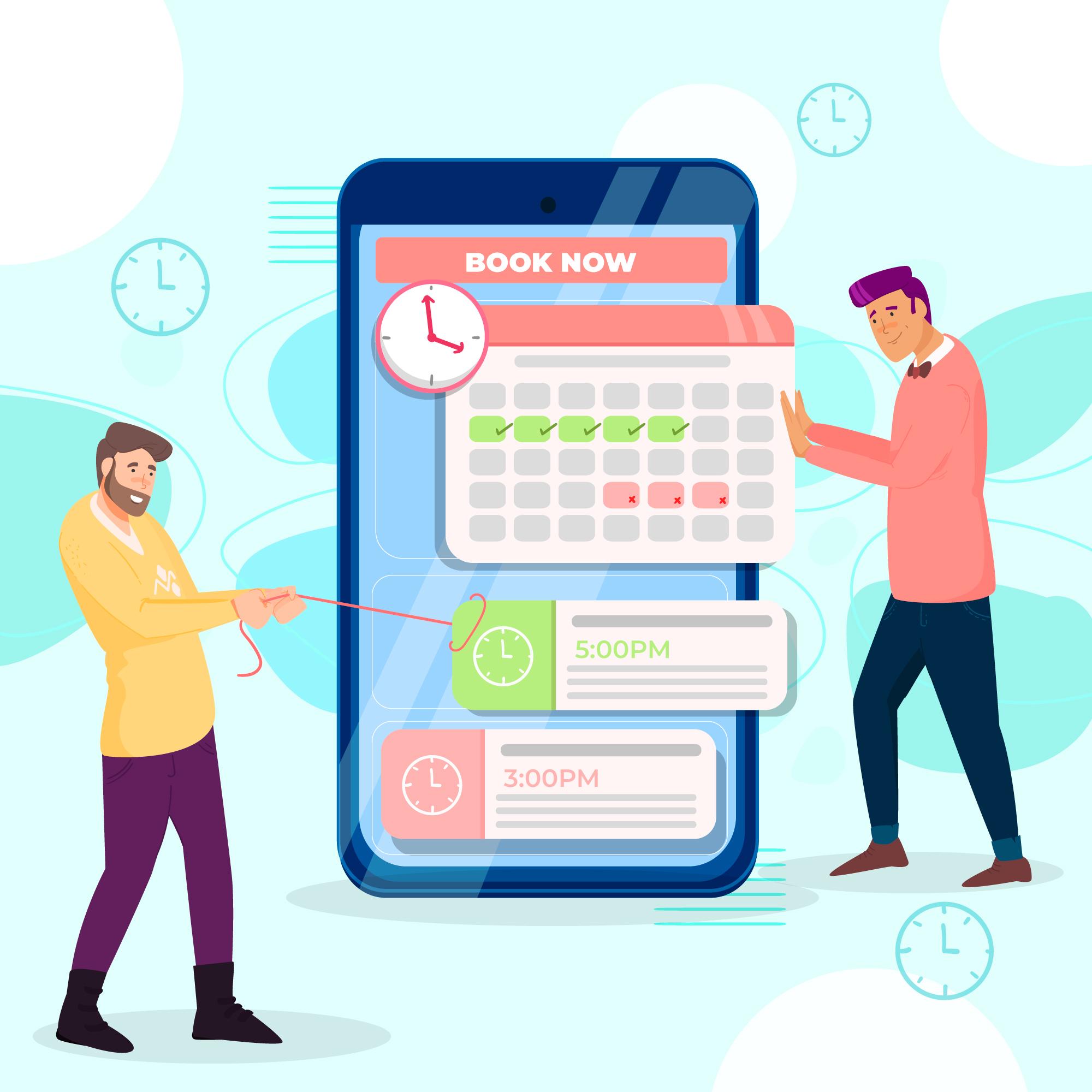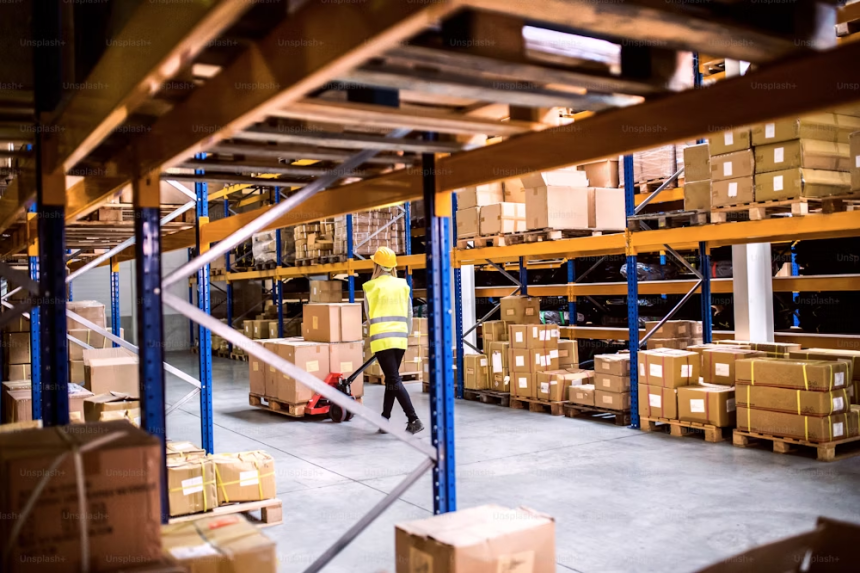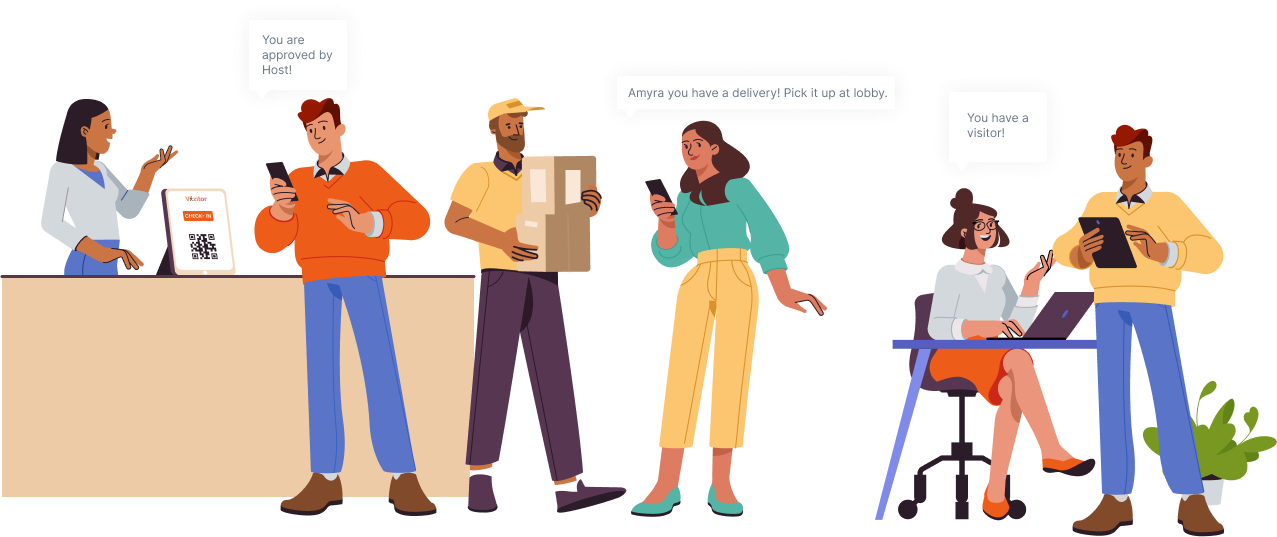Table of Content
Try Vizitor for Free!
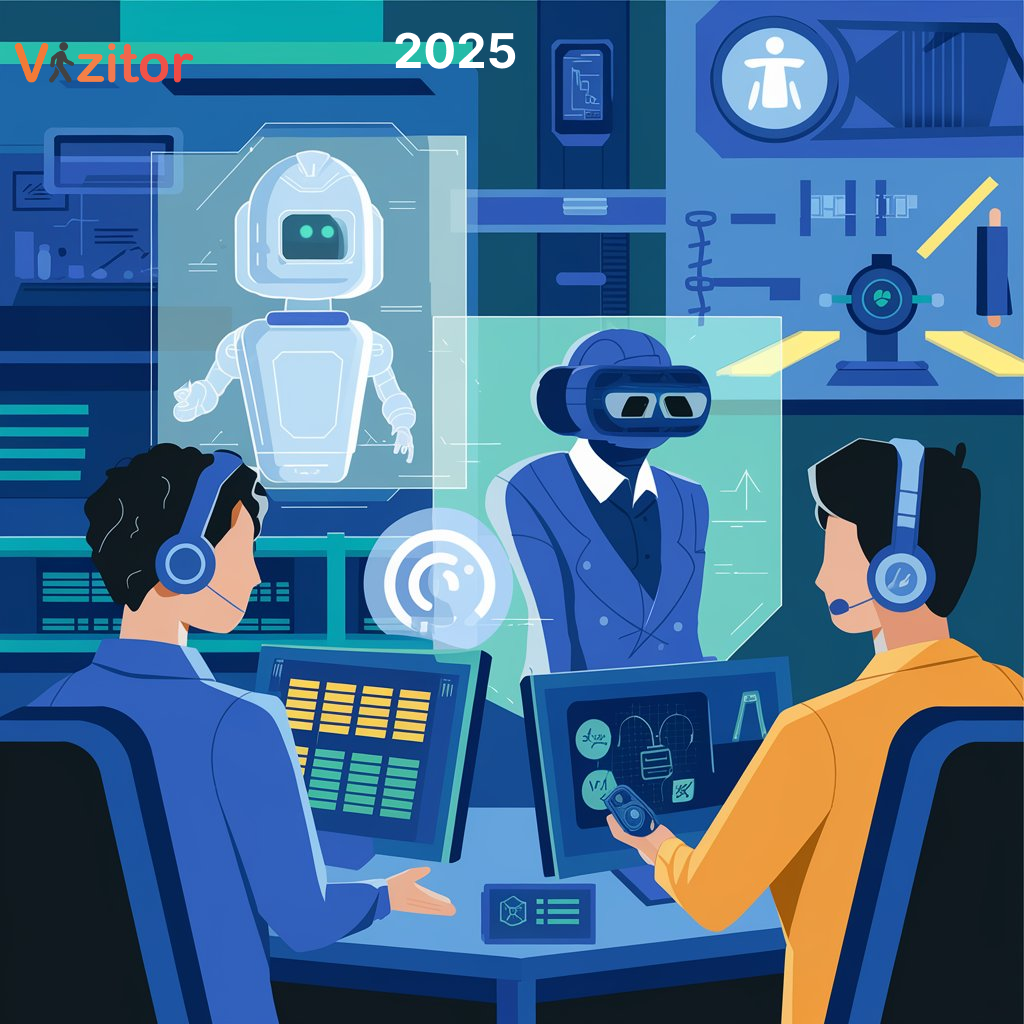
Sat, Jan 4, 2025
Read in 12 minutes
In a world where customers have endless options, delivering exceptional customer experience (CX) has become a key differentiator.
In 2025, Customer Experience (CX) will play an even more significant role in the success of businesses. As customer expectations continue to rise, companies must adapt their strategies to keep up.
From the first moment a customer interacts with a brand to the post-purchase support, every interaction contributes to the overall experience they have.
At the heart of CX lies the idea of creating positive emotions, building trust, and delivering value through every step of the customer journey.
Managing Customer Expectations: The Key to Success
Today’s customers have higher expectations than ever. A seamless experience is no longer optional — it’s a necessity. Whether a customer is entering a store, waiting for assistance, or seeking support online, how their time is managed and how they feel throughout the experience is crucial.
For example,long queues or long wait times can instantly tarnish an otherwise fantastic experience.
But by focusing on managing queues effectively and ensuring customers are informed and comfortable during the process, businesses can create a positive and memorable journey.
In this comprehensive guide, we’ll explore how businesses can shape exceptional CX by utilizing modern tools, such as queue management systems, visitor tracking, and automated feedback systems.
What is Customer Experience (CX)?
Customer Experience (CX) refers to the overall impression a customer has of a brand after interacting with it across various touchpoints.
CX is created through every touchpoint and journey a customer experiences — whether it’s their first encounter, a regular service, or post-purchase support.
In 2025, CX will evolve even further as businesses look for new ways to connect with customers and create lasting relationships
Key Aspects of CX:
- Multi-Channel Interactions: Whether online, in-store, or over the phone, every touchpoint impacts CX.
- Emotional Connection: The feelings a customer associates with your brand, shaped by their experience.
- Personalization: Tailoring experiences based on customer data and preferences.
The Power of First Impressions
The first impression is everything. The moment a customer walks into your store or clicks on your website, they form an opinion of your brand. That first touchpoint can set the tone for the entire relationship.
In today’s world, where business environments are becoming increasingly competitive, ensuring a positive experience for visitors is essential to making them feel valued and respected.
The experience must go beyond just a warm greeting—it involves efficient processes, clear communication, and enhanced technology to guide them seamlessly through their visit.
For example, a quick check-in process or a welcoming greeting can make all the difference in how a customer feels about your business. A clean, organized environment and friendly staff also leave customers feeling valued and respected, which can enhance the overall experience.
Why Is Customer Experience So Important?
Customer experience is no longer just a “nice-to-have”; it’s a competitive advantage. Brands that deliver exceptional CX don’t just satisfy their customers—they build lasting relationships and create loyal advocates.
A superior CX is pivotal for several reasons:
-
Customer Retention: With 86% of customers willing to pay more for a great experience, investing in CX helps in retaining loyal customers..
-
Brand Loyalty: Positive experiences foster trust and repeat business.
-
Competitive Advantage: By 2025, CX is expected to surpass price and product as the key brand differentiator.
-
Driving Revenue Growth: Superior CX drives repeat purchases and increases customer lifetime value.
In fact, 72% of business leaders believe that CX will be the key differentiator in 2025. Customer service, pricing, and product offerings are becoming commoditized—CX is where brands can truly stand apart.
Key Elements Shaping Positive Customer Experience
1. Streamlining the Queue Process
Whether it’s a waiting room or a queue at the reception desk, it’s important to manage queues efficiently. Long wait times can cause frustration, while a streamlined process ensures visitors feel valued.
Queue management systems help eliminate bottlenecks, sending real-time notifications to visitors about their waiting status or appointment times.
Features such as real-time notifications, digital check-ins, and self-service kiosks can greatly reduce wait times, allowing customers to enjoy a more seamless experience.
2. Creating a Seamless Customer Journey
A seamless journey ensures that customers can easily transition between different touchpoints, whether online or in-store.
An integrated system that connects websites, mobile apps, and in-person services allows customers to interact with your brand on their terms, without encountering any roadblocks.
3. The Role of Office Spaces in CX
In addition to digital experiences, the physical environment in which customers engage with your brand plays a significant role in shaping their experience. Whether it’s an office space, retail store, or service center, the environment should be comfortable, welcoming, and professional.
Comfortable waiting areas and clear signage make a significant difference in how customers perceive your brand.
Also read: The Ultimate Guide to Office Space Management
4.Personalization at Every Step
Personalization plays a critical role in shaping customer experience. With the help of data, businesses can tailor interactions and offerings to meet the unique needs of each customer.
From customized greetings to personalized recommendations, this attention to detail makes customers feel special and valued, which strengthens their relationship with your brand.
5. Building Trust with Consistency
A consistent experience across every channel and interaction builds trust and reassures customers that they are making the right choice in doing business with you.
6. Technology Integration
In the modern workplace, technology plays a significant role in enhancing the visitor experience. Tools such as visitor management systems, smart waiting areas, and automated alerts help make the experience smoother.
Visitors can sign in digitally, receive directions through apps, and even be notified when it’s their turn. These technologies reduce human error, speed up the process, and allow visitors to feel in control of their visit.
7. Follow-up and Feedback
After the visit, sending a follow-up message thanking the visitor for their time and asking for feedback can demonstrate that you care about improving their experience.
In fact, studies show that 95% of people will share their bad experiences with others, whereas only about 87% of people will share good experiences, making the stakes for creating a positive experience even higher.
Customer Experience vs. Customer Service: What’s the Difference?
Customer Service refers to the direct support and assistance provided to customers. It’s reactive, meaning it occurs when customers have questions, concerns, or issues.
Customer Experience (CX) is proactive and encompasses every aspect of the visitor’s interaction with your business, from the first impression to post-visit follow-ups.
By managing both customer service and customer experience effectively, businesses can ensure that visitors leave with a positive and lasting impression.
How to Measure Customer Experience in Your Workplace
Measuring customer experience (CX) helps businesses identify pain points and improve service delivery.
Here are a few ways to measure CX in an office or workplace environment:
Visitor Feedback Surveys: After a visit, send a short feedback survey to collect insights on the visitor’s experience. This can include questions about ease of check-in, comfort of the waiting area, and the overall flow of the visit.
Wait Time Metrics: Track how long visitors wait at each stage (check-in, waiting room, meeting start time). If wait times are too long, it can negatively impact their overall experience.
Net Promoter Score (NPS): Ask visitors how likely they are to recommend your company to others. This gives you a clear indication of their satisfaction and loyalty.
Customer Journey Mapping: Map out the visitor journey, identifying key touchpoints and how visitors move through the process. This can help identify areas where CX can be improved.
How to Improve Your Customer Experience Strategy in 2025
In 2025, businesses must adapt to changing expectations and incorporate modern tools to improve the customer experience (CX), especially in workplace environments.
Here’s how you can improve your CX strategy with these tools:
1. Implement Digital Visitor Management Systems (VMS)
A Visitor Management System (VMS) such as Vizitor is an essential tool for businesses to handle visitor check-ins efficiently. These systems allow visitors to self-register upon arrival, reducing the wait time and enhancing their first impression.
How it improves CX:
- Streamlined Check-Ins: Digital kiosks or mobile apps allow visitors to sign in easily.
- Notifications: Visitors receive instant notifications on meeting details, directions, or any delays.
- Real-Time Visitor Tracking: Hosts are notified when their guest arrives, ensuring timely
Example: A company uses Vizitor’s VMS to allow visitors to pre-register before arriving at the office. When visitors arrive, they check-in through a tablet, receive a badge, and are immediately notified about their meeting.
This saves time and enhances the overall visitor experience.
2. Optimize Queue Management (QMS) for a Smooth Experience
Queue Management Systems (QMS) are vital in reducing wait times and enhancing customer satisfaction, especially in busy office environments or during peak times.
How it improves CX:
- Automated Queue Updates: Visitors can track their position in the queue through screens or apps, reducing anxiety and frustration.
- Efficient Wait Times: By managing queues better, you ensure that visitors aren’t left waiting for long periods.
- No Overcrowding: Prevents overcrowding in waiting areas by controlling the number of visitors in the queue.
Visitors can check their wait time from their smartphones, and the system sends alerts once it’s their turn. This seamless integration significantly improves the experience by reducing uncertainty.
3. Provide Easy Online Booking and Appointment Scheduling
Incorporating online booking software allows visitors to book meetings, appointments, or tours in advance, reducing friction and confusion when they arrive.
How it improves CX:
- Convenience: Visitors can schedule their appointments at their convenience, reducing the likelihood of missed or double-booked meetings.
- Automated Reminders: Send automated reminders and confirmations, ensuring visitors don’t forget their appointments.
- Capacity Planning: With real-time scheduling, your business can optimize resources and avoid bottlenecks.
4. Understand Your Customers’ Needs
Conduct surveys, polls, and use analytics to gain insights into customer preferences and pain points. Create detailed customer personas to guide your strategy.
5. Provide Multi-Channel Support
Offer support through various channels, such as phone, chat, email, and social media, ensuring customers can reach you whenever and however they prefer.
There are numerous support tools available in the market to enhance the customer satisfaction rate.
Some of these Customer Support Tools are:
- Zendesk
- Live Chat
- Intercom
- Hubspot
- Artificial intelligence
Also Explore: 7 Best Customer service tools for businesses
6. Offer a Self-Service Option
Offering a self-service option means providing visitors with the ability to handle tasks on their own without needing direct assistance from staff members. This can be done through digital platforms, kiosks, or apps that allow visitors to check themselves in, make appointments, or get information without waiting in line or interacting with reception staff.
Why it improves CX:
- Convenience: Visitors can complete tasks at their own pace, saving time and enhancing satisfaction.
- Faster Service: Reduces wait times by allowing visitors to complete tasks independently.
7. Ensure Transparency
Transparency in the visitor experience means being clear and upfront about processes, wait times, and expectations. Visitors should know exactly what to expect at each stage of their visit, whether it’s about check-in procedures, waiting times, or how long their meeting will last.
Implement a seamless customer onboarding process to guide new customers on how to use and go through your products.
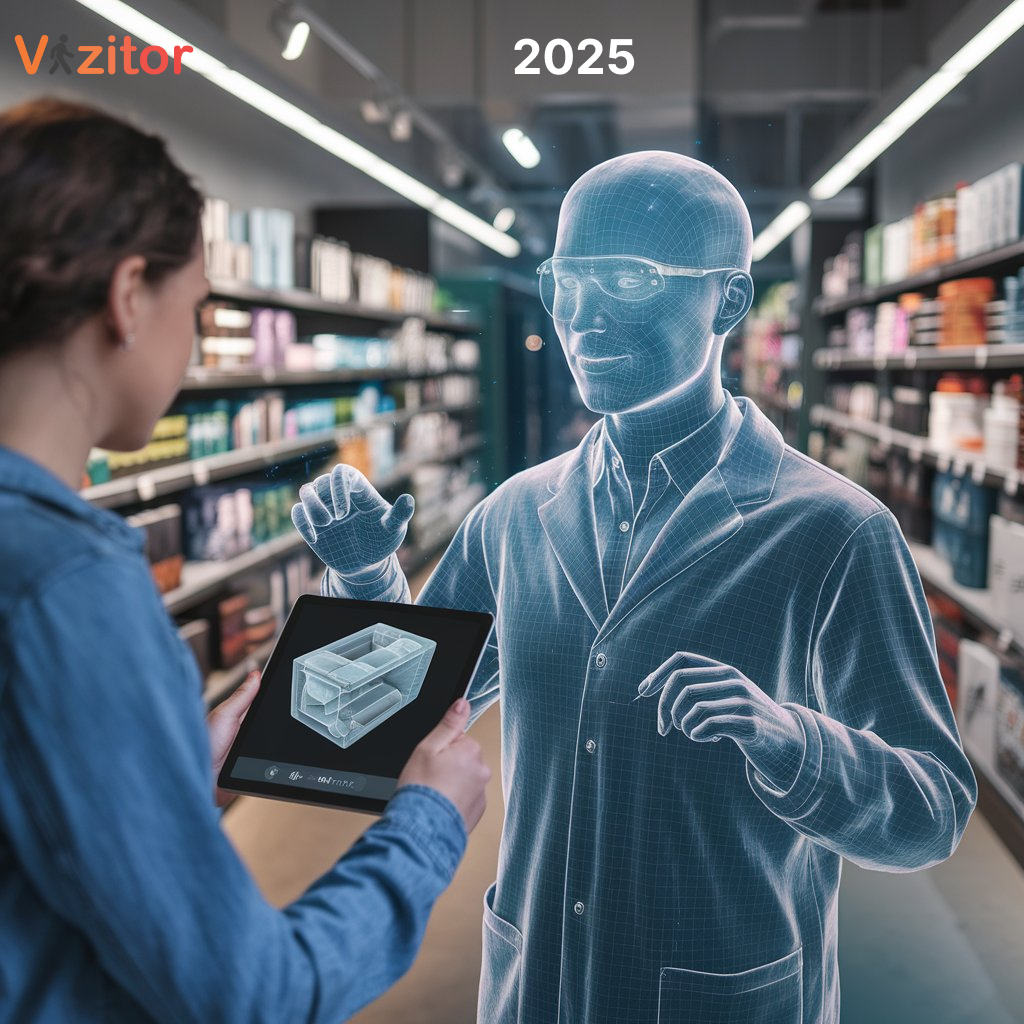
Trends Shaping Customer Experience (CX) in 2025
As we move into 2025, several key trends are shaping the way businesses interact with their customers. These trends are focused on improving convenience, personalization, and efficiency. Here are the top trends to watch:
1. Omnichannel Engagement
CX in 2025 will be about providing a seamless experience across multiple channels, whether it’s through websites, mobile apps, social media, or in-person interactions. Customers want consistent service everywhere.
2. Automation & AI
Automation is taking over repetitive tasks, allowing businesses to streamline operations and provide faster responses. AI tools, like chatbots and virtual assistants, are being used to handle customer inquiries and support.
3. Focus on Data Privacy & Security
As customers become more aware of data security, businesses must prioritize protecting personal information and be transparent about how their data is used.
4. Mobile-First Experience
With more people using mobile devices, optimizing websites and services for mobile use will continue to be a top priority. Offering mobile-friendly self-service options will enhance the overall customer experience.
In 2025, the focus will be on providing a seamless, personalized, and customer - centric efficient experience for customers.
Case studies:
1. Heathrow Airport - Managing Long Queues
Problem: Long queues and frustrated passengers at security checks.
Solution: Heathrow used a Queue Management System (QMS) to predict busy times and provide real-time updates to passengers about wait times.
Result:
- Shorter wait times at security.
- Happier passengers with more control over their time.
- Better efficiency in managing queues.
2. Sephora - Personalized Shopping Experience
Problem: Need to improve in-store shopping experience while handling large numbers of customers.
Solution: Sephora used AI tools and QMS for personalized recommendations and faster checkout.
Result:
- Quicker checkouts with automated queues.
- Personalized shopping experience for customers.
- Increased customer satisfaction and loyalty.
These simple examples show how businesses have used modern tools to make the customer experience smoother, faster, and more efficient.
How Vizitor Enhances Customer Experience
Vizitor’s features are designed to streamline and optimize the entire visitor experience, making it easier, faster, and more personalized. Here’s how Vizitor enhances CX:
- With contactless check-ins and pre-registration, visitors can quickly check in without any hassle, cutting down wait times.
- Hosts are notified instantly when their visitors arrive, ensuring prompt service and no unnecessary delays.
- Vizitor allows businesses to greet visitors by name and provide personalized experiences based on visitor data.
- The system’s ID verification and visitor tracking ensure that the workplace remains secure while enhancing the visitor experience.
- From badges to visitor details, Vizitor offers flexibility to tailor the visitor experience to specific business needs.
Conclusion: Shaping the Future of Customer Experience
The future of customer experience in 2025 lies in creating seamless, efficient, and personalized interactions.
With the right tools and strategies, businesses can provide exceptional experiences that keep visitors satisfied and loyal. Technologies like Visitor Management Systems and Queue Management Systems are revolutionizing the way businesses handle visitors, ensuring smooth processes, and elevating customer satisfaction.
Ready to Transform Your Customer Experience?
Take the first step toward creating an exceptional experience for your visitors. Explore how Vizitor can enhance your workplace’s CX, streamline operations, and leave a lasting impression on every visitor.
Reach out to us today to discover how we can help you build a more efficient, customer-friendly workplace!





